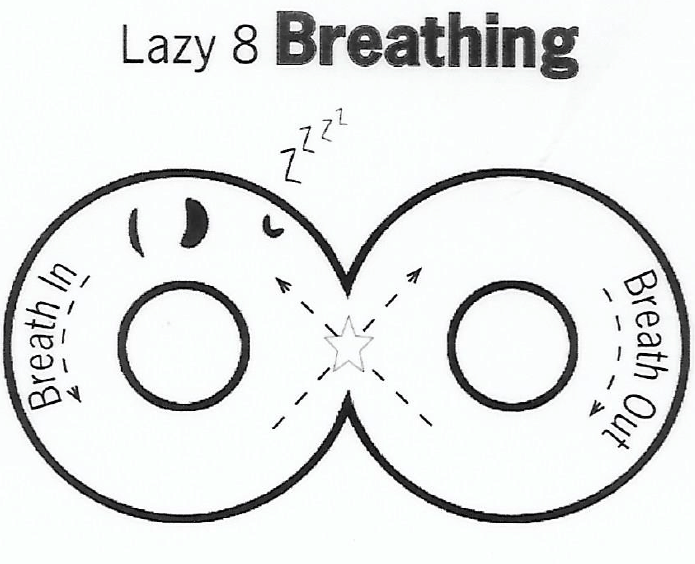

Seeding consisting of glycerol droplets (d = 2-3 μm) was added to the total volume supply. The resultant velocity field at the breathing zone was measured with Particle Image Velocimetry: a dual cavity laser (λ = 532 nm) and two CCD cameras with 35 andĦ0 mm lenses.

It acted as a barrier reducing the convection flow upcoming from the lower body. Increase the amount of clean air in inhalation consisted of a rectangular board (0.63 m x 0.36 m) placed below the table and pressed against the abdominal. Passive method for control over the airflow characteristics at the breathing zone to The thermal manikin was sitting 0.1 m away from the front edge of the table.

The PV air was supplied isothermally at 4, 6 or 8 L/s. The room air temperature was kept at 20 oC. The distance between manikin’s face and the diffuser was 0.4 m. A workstation with a desk-mounted Personalized Ventilation (PV) unit, with circular diffuser (d = 0.185 m) supplying air from the front/above towards the face of a thermal manikin with realistic body shape and temperature distribution was set in a climate chamber (4.70 m x 1.62 m x 2.6 m).


 0 kommentar(er)
0 kommentar(er)
